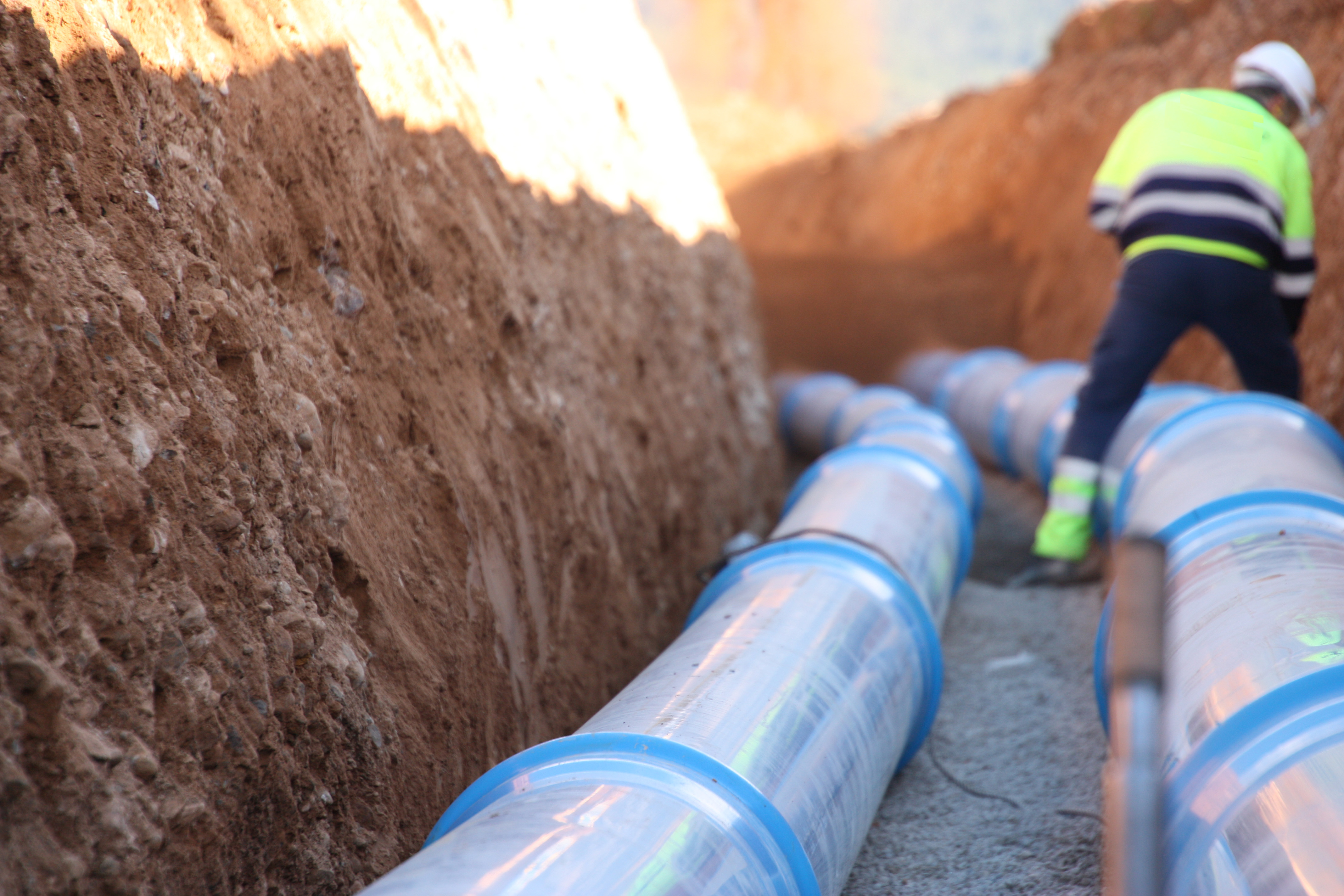
The Letzigrund stadium has been a fine home to FC Zurich since it opened in 1925. Various improvement schemes have also enabled the Swiss stadium to provide an excellent venue for athletic events and concerts. However, the Lady Letzigrund – as she is affectionately known, eventually could no longer camouflage the traces of her delicate age.
In 2005, UEFA approved a plan to completely rebuild the stadium for the 2008 European Soccer Championship. The entire structure and vital building services such as drainage, sanitary provision, communications, water supply and irrigation for the pitch had to be replaced. And this transformation had to occur within one year!
The Swiss know a few things about good timekeeping. Within a year and at a cost of EUR 73 million, the Lady Letzigrund was totally demolished, excavated and resurrected as a multifunctional stadium to accommodate 27,000 spectators.
Leaking metal plumbing had served the old building poorly. Today’s technical standards are more rigorous and they were replaced with more durable and easy to install plastic pipe systems. Thousands of metres of these plastic pipes were installed throughout the new development. For example, plastic gutters designed to optimise run-off are used to duct excessive rainfall away from the stadium roof. Sanitary facilities are now afforded the best pipe systems and equipment for accommodating the increased number of spectators. Arrangements for hot and cold water supply were quickly completed for sporting facilities, catering services and underfloor heating.
According to personal reports, spectators arriving for the European Soccer matches were impressed with the new stadium and its modern facilities. Zurich FC supporters were also delighted with their new home football stadium. Furthermore, Letzigrund has become a regular venue for major international sports events and sold-out concerts.
Whereas the old Lady Letzigrund was just about able to survive for eighty years, the new stadium now has plastic pipe systems that will perform efficiently for well over a hundred years.
